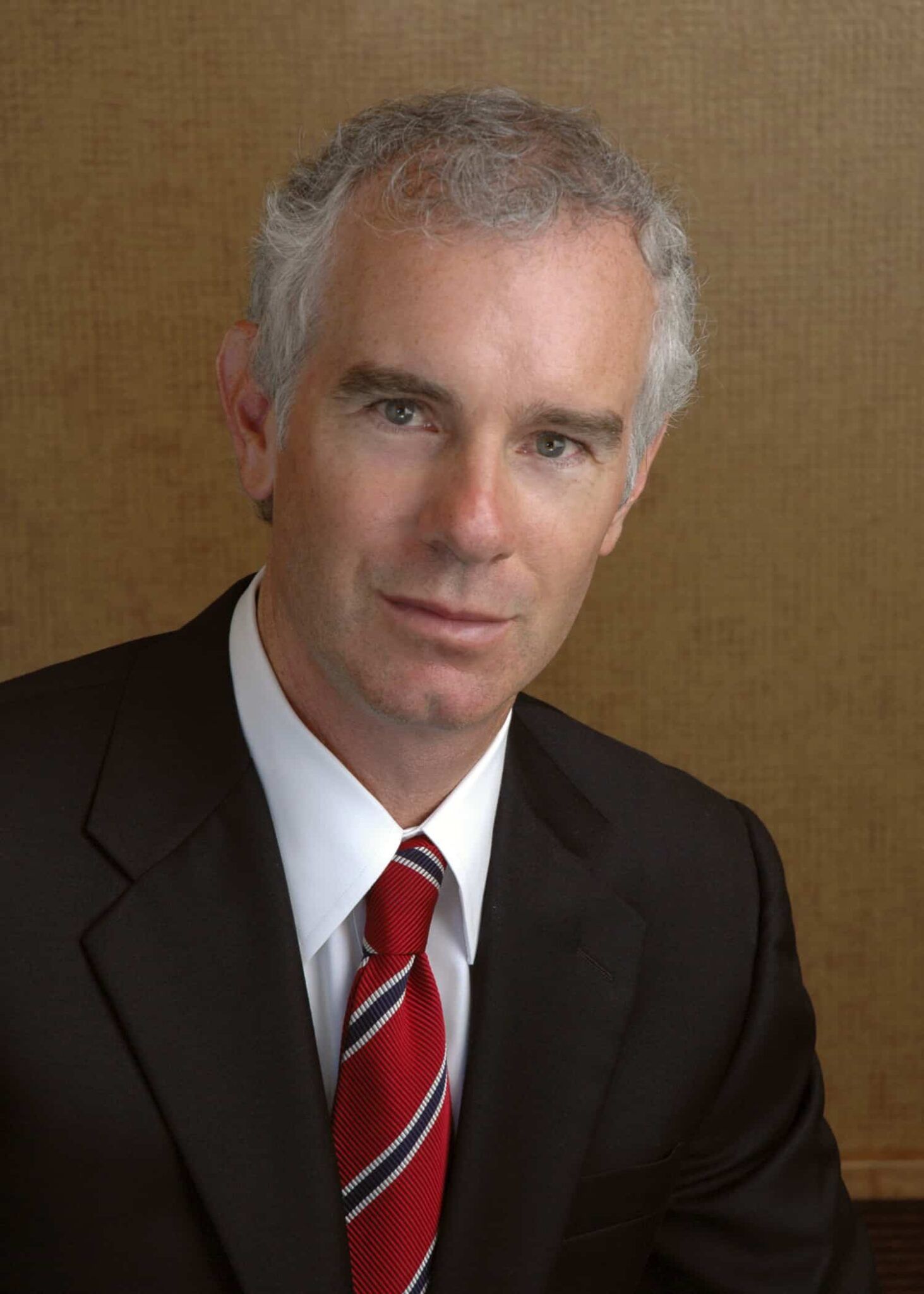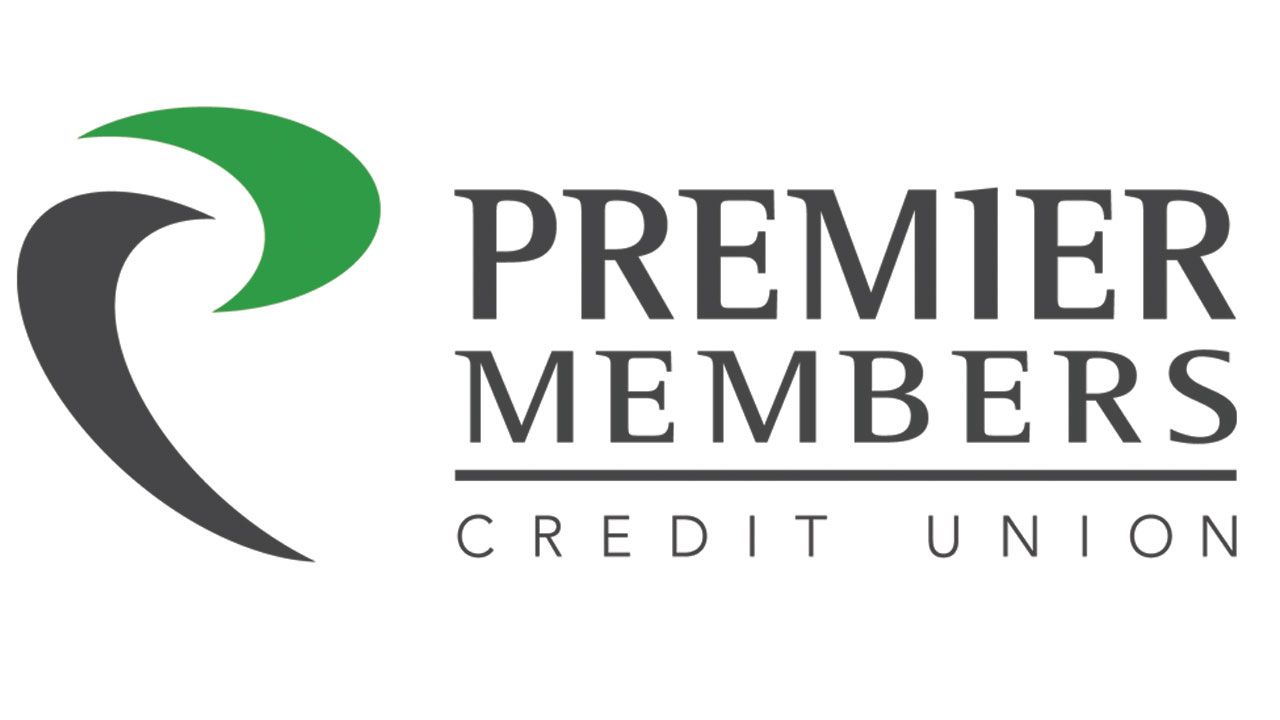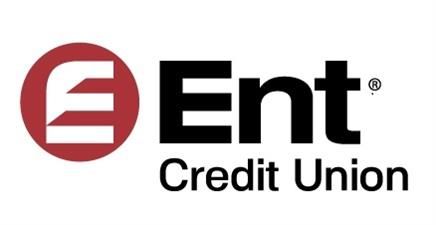Net interest margins help determine bank profits

Net interest margin is the difference between the money a bank brings in vs. what it pays out and is thus subject to variability, said Bill Sullivan, CEO of Colorado State Bank and Trust and soon-to-be Colorado market CEO for BOK Financial. As interest rates start to rise again, after being artificially depressed for a few years to help the country dig out from the Great Recession, bank net interest margins will shrink.
“If the economy is strong and businesses and people are borrowing money, your net interest margin will grow because there is more demand for your product out there,” he said. “If you have a recessionary environment, people are borrowing less and paying down debt, that net interest margin is subject to go down.”
Net interest margin will go up and down over time or grow at a slower pace. That’s why most banks try to have a fair bit of fee revenue, which is a more stable form of revenue.
“What ultimately banks love is a high percentage of revenue coming from the fee side of the business because it is more stable than net interest margin. We benefit from that. Probably half of our revenues come from the fee side of the house, which has a more stable performance over time,” Sullivan said.
Having said that, the lending business is still very important to Colorado State Bank and Trust.
“What drives net interest margin is overall demand for loans and offsetting that is what we are paying for deposits. As rates go up, we are paying more for deposits,” he said. Variable rate loans can help offset some of that over time, he said.
If a loan portfolio pays 5 percent and deposits cost you 3 percent, the margin is 2 percent, said Sullivan.
Gerard Nalezny, chairman and CEO of Verus Bank of Commerce in Fort Collins, said that the banking sector overall is trading down.
“I will tell you that bank stocks lost almost all of the Trump bump,” he said. That was the boost most banks felt after Congress passed massive tax cuts at the end of 2017.
A few years ago, people were saying that a rising interest rate environment was good for banks, he said. “That was not specific enough. The real uplift for banks comes from a steep yield curve. A steepening yield curve is good for banks. Banks tend to fund themselves on the shorter end of the yield curve,” including from money market and checking accounts and short-term CDs.
A larger percent of lending or income comes from the longer end of the curve, he said. When there is a steeper yield curve, banking margins tend to improve. Currently, the yield curve is inverted, Nalezny said. There is also interest market pressure, which has been a contributing cause to the downward pressure on bank stocks. There are many people who believe that a flat or inverted yield curve is a precursor to recession, which is also bad for bank stocks, he said.
“Bank net interest margins are starting to compress and that inverted yield curve is a big piece of that,” Nalezny said. “Banking at its very basic is very simple. I take your deposit money. You have a checking account, CD or money market account. I take that money in and pay you interest and then I take that money and lend it out. The goal is for me to lend it out at a higher rate than I pay you. The difference between those two is net interest margin. A bank’s balance sheet is the opposite of a business or a person’s balance sheet.”
For the bank, a loan is an asset. For an individual, a deposit is an asset and a loan is a liability, he said.
When the Federal Reserve raises rates it affects the short end of the curve, meaning banks must pay out more money to depositors. It will affect deposit rates and credit card rates and other things that are tied to short-term deals.
The other thing that is building up is quantitative easing. As the government slowly winds down the program of purchasing long-term assets like treasuries, mortgages and mortgage-backed securities the banking industry is seeing mortgage rates going up.
“They are on the long end of the curve. They haven’t gone up as much as prime. That is all a piece of that puzzle,” Nalezny said.
“On bank balance sheets, there are lots of short-term and long-term rates in both the loan and deposit pieces. The sum total is they tend to lean more toward earning money on the longer end of the curve and paying more money on the shorter end of the curve. That’s where the margin pressure comes in.”
Each bank’s balance sheet is different. Most banks have a goal of making themselves as interest-rate neutral as possible “but I have a lot of goals in life and can’t always be perfect. Modeling is an imperfect science. It doesn’t translate. Just because prime is going to go up doesn’t mean it will affect all banks the same and not dollar for dollar, point for point,” Nalezny said.
Net interest margin is the difference between the money a bank brings in vs. what it pays out and is thus subject to variability, said Bill Sullivan, CEO of Colorado State Bank and Trust and soon-to-be Colorado market CEO for BOK Financial. As interest rates start to rise again, after being artificially depressed for a few years to help the country dig out from the Great Recession, bank net interest margins will shrink.
“If the economy is strong and businesses and people are borrowing money, your net interest margin will grow because there is more demand…
THIS ARTICLE IS FOR SUBSCRIBERS ONLY
Continue reading for less than $3 per week!
Get a month of award-winning local business news, trends and insights
Access award-winning content today!




